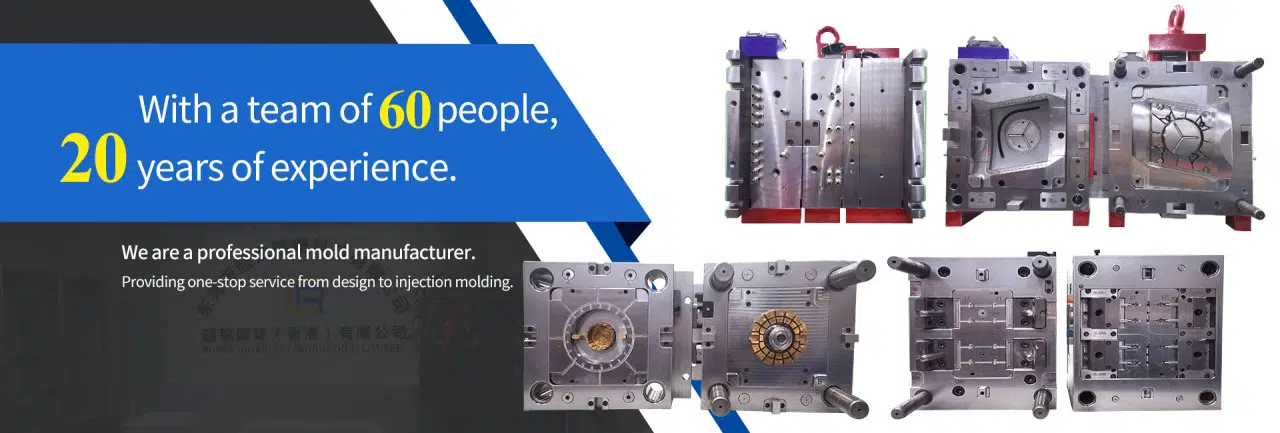# Functional Alloy Powder for Advanced Manufacturing Applications
## Introduction
Functional alloy powders have emerged as a critical material in advanced manufacturing processes, offering unique properties that enable the production of high-performance components across various industries. These specialized powders are engineered to exhibit specific characteristics such as enhanced strength, corrosion resistance, thermal stability, or electrical conductivity, making them indispensable in modern manufacturing techniques.
## What is Functional Alloy Powder?
Functional alloy powder refers to finely divided metallic particles composed of two or more elements, where at least one is a metal. These powders are carefully formulated to achieve desired functional properties that surpass those of conventional alloys. The particle size, shape, and distribution are precisely controlled to optimize performance in specific applications.
### Key Characteristics:
– Controlled particle size distribution
– Tailored chemical composition
– Enhanced physical and mechanical properties
– Improved processing characteristics
– Customizable for specific applications
## Manufacturing Processes Utilizing Functional Alloy Powders
Several advanced manufacturing techniques rely heavily on functional alloy powders to produce complex, high-quality components:
### 1. Additive Manufacturing (3D Printing)
Functional alloy powders are the backbone of metal additive manufacturing processes such as:
– Selective Laser Melting (SLM)
– Electron Beam Melting (EBM)
– Binder Jetting
– Directed Energy Deposition (DED)
These methods allow for the creation of intricate geometries that would be impossible or extremely costly to produce using traditional manufacturing techniques.
### 2. Powder Metallurgy
Conventional powder metallurgy processes benefit from functional alloy powders in:
– Press-and-sinter techniques
– Metal Injection Molding (MIM)
– Hot Isostatic Pressing (HIP)
– Spark Plasma Sintering (SPS)
### 3. Thermal Spray Coatings
Functional alloy powders are used to create protective and functional coatings through:
– High-Velocity Oxygen Fuel (HVOF) spraying
– Plasma spraying
– Cold spraying
– Flame spraying
## Advantages of Functional Alloy Powders
The use of functional alloy powders in manufacturing offers numerous benefits:
### Material Efficiency
Powder-based processes typically have higher material utilization rates compared to subtractive manufacturing methods, reducing waste and costs.
### Design Freedom
Complex geometries with internal features can be produced without the constraints of traditional machining.
### Enhanced Properties
Functional alloy powders can be engineered to provide superior:
– Mechanical strength
– Wear resistance
– Corrosion protection
– Thermal conductivity
– Electrical properties
### Customization
Alloy compositions can be tailored to meet specific application requirements, enabling performance optimization.
## Common Types of Functional Alloy Powders
Various alloy systems are used as functional powders, each offering distinct advantages:
### Nickel-Based Alloys
– Excellent high-temperature strength
– Superior corrosion resistance
– Common in aerospace and chemical processing applications
### Titanium Alloys
– High strength-to-weight ratio
– Biocompatibility for medical implants
– Aerospace and defense applications
### Aluminum Alloys
– Lightweight
– Good thermal and electrical conductivity
– Automotive and electronics applications
### Cobalt-Chrome Alloys
– Exceptional wear resistance
– Biomedical applications (dental and orthopedic implants)
– High-temperature performance
### Stainless Steel Alloys
– Corrosion resistance
– Versatility across industries
– Cost-effective solutions
## Applications Across Industries
Functional alloy powders find applications in numerous sectors:
### Aerospace
– Turbine blades
– Structural components
– Heat exchangers
### Automotive
– Lightweight components
– Engine parts
– Customized performance parts
### Medical
– Dental implants
– Orthopedic devices
– Surgical instruments
### Energy
– Nuclear components
– Renewable energy systems
– Oil and gas equipment
### Electronics
– Heat sinks
– Electrical contacts
– EMI shielding
## Quality Considerations
When selecting functional alloy powders for manufacturing applications, several quality factors must be considered:
### Powder Characteristics
– Particle size distribution
– Morphology (spherical, irregular, etc.)


